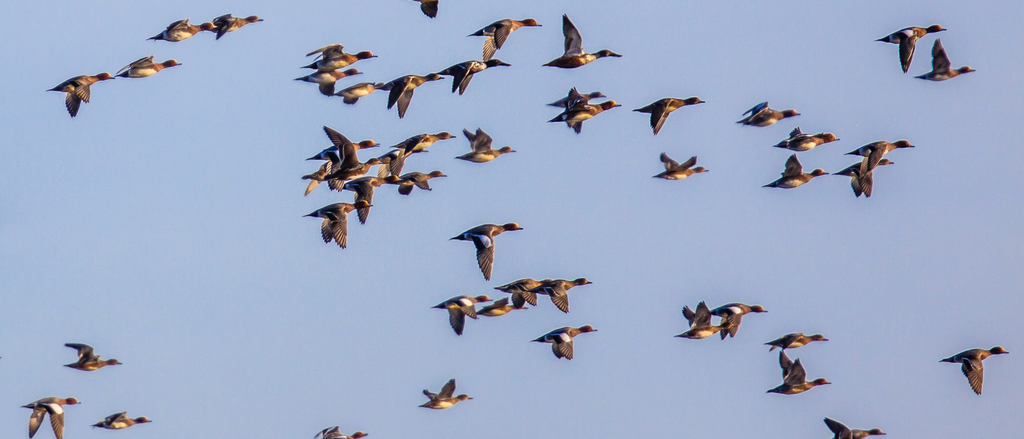Haydel's Blog
Delaying Tactics

While most guest of our camp are impressed with the details in our tactics, they are total shocked in our lack of calling at certain times of the season. Since we are at the end of the flyway, we have to do things a little different than in other parts of the country. Which usually means we do not constantly call.
One outfit we have had a pleasure to work with is “the Cabin Country” television crew with host Bill Saiff from New York which airs their show on PBS and the Outdoor Channel. The first time Bill came down he was amazed that the birds were not responding to his calls. Let me explain that Bill handles a call extremely well as he is a veteran waterfowler, full time guide and has won many calling contest. However being from way up north the birds’ just act different (they have that accent thing). I must say that he was humbled in Cajun country.
On the second day Bill sat back and observed as me and dad talked them in (when in Rome…). The first bird of the morning was a single greenhead. He would circle high above and respond to the call as if he really was not interested but could not refuse that ‘ol Susie. After five or six passes Dad whispered “ delayed comeback!” I knew what that meant as he had taught me this as a kid while hunting Toledo Bend. We quit calling and Mr. Redleg just lost interest all together. When he had reached the 150-yard mark and had time to forget about that hen; Dad stood on the call hard with a seven note demanding comeback. That duck looked as if he had been hit sideways by a New York City taxicab. He did a 180 and came in “cupped up and locked” to 15 yards! It really is amazing to see the response you get by using this delayed calling tactic.
Another technique we use is on lower flying birds that circle wide of your set up. I refer to it as the “hypnotizing call”. Most of the time we try to make it easy for the birds to work in. This means calling only to position the birds when they are on the corners of the blind and finishing the up on the down wind side. This sets them up for landing into the wind over the decoys. Sometimes after several passes they still swing wide and refuse your calling. If you can train them to swing on the down wind side everytime then conditions are perfect for the hypnotist. The birds are hypnotized! All you do now is give them a comeback call when they are 180 degrees on the upwind side of the spread. They have been trained to respond to the call and before they realize what has happened; they have drifted over you. The birds will not be set up for decoying, as they will be drifting with the wind. Therefore, it will be a pass shot situation. You’ll have to be quick to the gun as dad taught us well that day too!
On the last day after scarffing down a quick bowl of gumbo and a link of boudin Bill went outside and knelt in some salt grass. Dad said a prayer as I sprinkled marsh water from my call over Bill’s head. It was a nice little ceremony! You see that day; Bill was CAJUNIZED!









